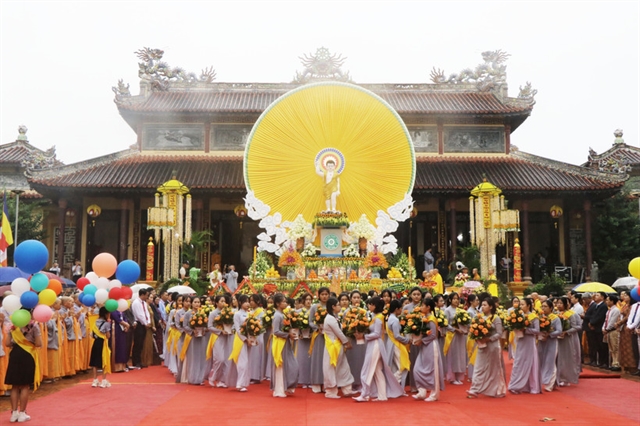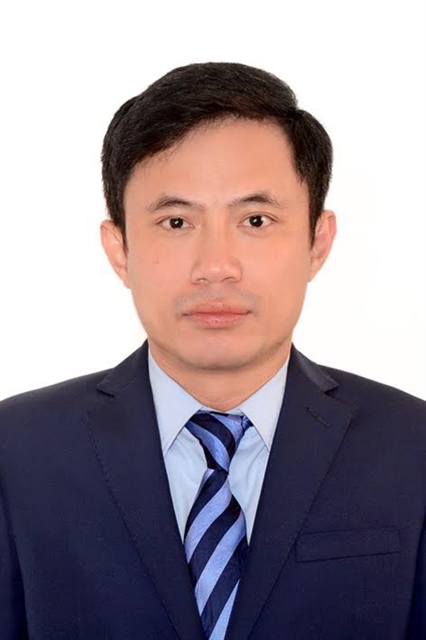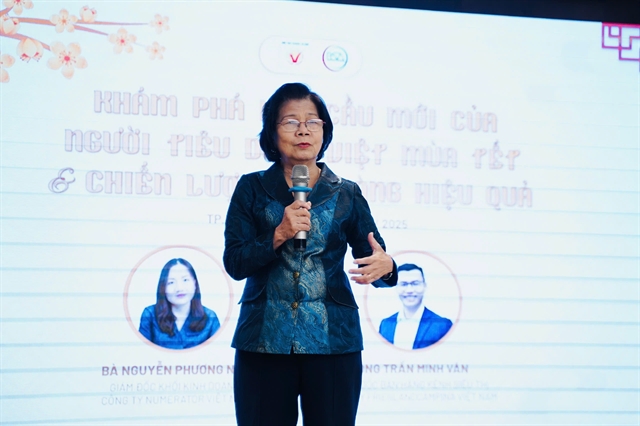 Opinion
Opinion

 |
| Lê Huy Anh, deputy director of the Intellectual Property Office of Việt Nam.—Photo ipvietnam.gov.vn |
From the practical perspective of patent registration activities, could you explain the benefits that patent registration activities bring?
Patent registration is an activity through which inventions are granted exclusive protection. To be protected by the State, inventions must meet certain conditions. When a technical solution in the form of a product or process is protected, it means that a patent is granted for a certain period, granting the right holder exclusive use and exploitation of the protected object, the right to permit or prohibit others from using and the right to dispose of it, such as by selling, donating or inheriting, like other property rights.
Patent exclusivity is the strongest form of intellectual property right due to the monopoly it confers. In many cases, there is no substitute, and entities worldwide have invested significant amounts of money to register patents. Currently, governments and creative entities apply various measures to protect intellectual property rights for patents. Signing Free Trade Agreements (FTAs) with high patent protection standards is one of the measures that developed countries use to protect the important assets.
There are many benefits that patent registration can bring, such as exclusivity. This is rare in a market economy and exclusivity helps rights holders gain exclusive production, business, pricing and market dominance, thereby surpassing competitors. Additionally, benefits include enhancing the reputation of the rights holder, licensing patents, blocking competitors, creating legal barriers to discourage competitors.
How do you evaluate the current situation of patent application and patent issuance in Việt Nam?
The Intellectual Property (IP) Strategy until 2030 sets goals to increase both the quantity and quality of new intellectual property assets of individuals and organisations in Việt Nam, with an average increase in the number of patent applications and patent grants by 16-18 per cent per year, and the rate of commercially-exploited patents reaching 8-10 per cent of the granted patents.
Recently, many provinces, cities, universities, research institutes and large enterprises have recognised the importance of patents in socio-economic development based on science, technology and innovation, and then have implemented supportive policies to promote patent registration. This has led to a notable increase in patent applications filed by Vietnamese applicants in recent years.
According to statistics from the Intellectual Property Office of Việt Nam, the number of patent applications, submitted to the intellectual property office, and the number of patents or useful solutions, granted by the office, in recent years have shown an increasing trend, even during the COVID-19 pandemic. Particularly last year, the number of patents and useful solution patents granted to Vietnamese applicants more than doubled compared to 2022.
What are solutions to promote the application of inventions as well as to guide the development direction of innovative activities in Việt Nam to maximise effectiveness, serve the community, and promote socio-economic development in the future?
It is necessary to implement a synchronised set of solutions, including developing a network of technology transfer and intellectual property centres at research institutes, universities and enterprises to promote the creation and exploitation of intellectual assets, especially patents.
In addition, establishing a creative start-up ecosystem in universities, encouraging and supporting research institutes and universities to establish enterprises to exploit intellectual property rights, shortening the process of applying research results to production and business are essential. The office also has to vigorously implement mechanisms and policies to develop industries with high levels of intellectual property use, creating reputable and quality products, promoting exports of goods with high intellectual property content.
Furthermore, developing a healthy intellectual property market in terms of expansion and enhancing the quality of intermediary services to strengthen the connection between supply and demand for intellectual property assets, enhancing the participation of enterprises in ordering, resolving research and application tasks from the needs and proposals of enterprises are crucial.
To expedite the application of patents in Việt Nam, the office is effectively deploying programmes to support small and medium-sized enterprises in exploiting intellectual property assets through commercialisation of patents. The office guides small and medium-sized enterprises to research suitable technologies from patents that have expired or are not protected in Việt Nam for application in production and business practices. Particularly, it needs the involvement of various stakeholders to connect supply - inventors and demand – enterprises. Commercialisation of patents serves as a bridge to bring patents to the market.
With the support of the World Intellectual Property Organisation (WIPO), the office has led the establishment of the TISC Network (Technology and Innovation Support Centres). As of March 2024, the TISC Network in Việt Nam has 51 members, mostly universities, research institutes and some enterprises. The goal of the network is to support access to high-quality scientific and technological information, high-quality patent information, and related services; assist in patent information retrieval, development and commercialisation of patents. Within the TISC Network framework, the office has implemented a series of activities to enhance management capacity and commercialisation of patents for member units.
In addition to increasing the number of protected patents, Việt Nam needs to focus on commercialising patents, applying patents to daily life to bring value to the country. Innovative approaches are needed, viewing intellectual property as a tool to protect, manage, and develop product value, not just as a goal. The ultimate result is products being protected.— VNS




